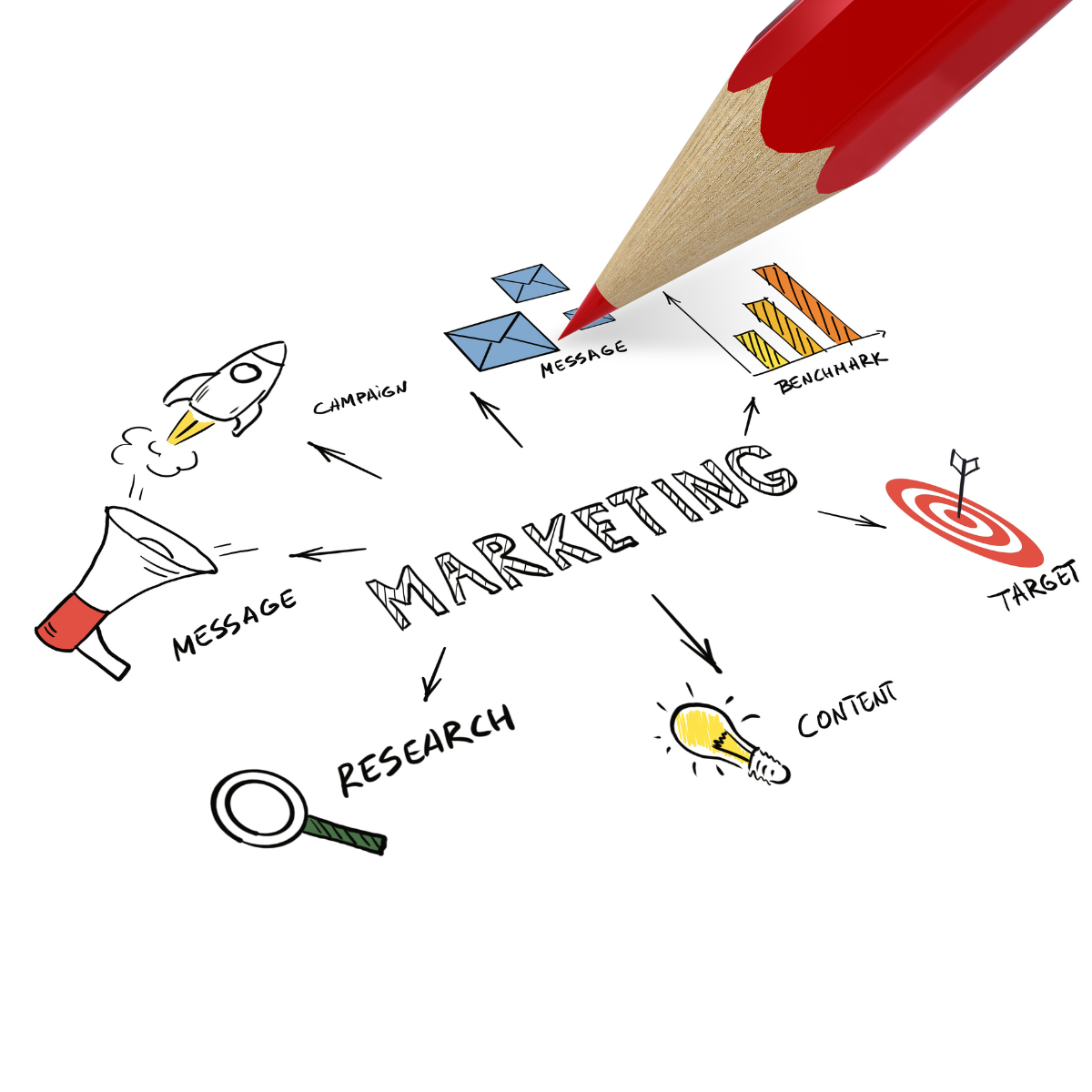
Meeting Topic
Artificial Intelligence – the Benefits and Challenges of Using It by Juliet Young and Paula Kruger
Introduction
You can’t open the news or your social feeds without seeing something about the use (or misuse) of A.I. (artificial intelligence). In this article, two of our members explore what it is and how we can use it effectively and responsibly to support our business’ communication and marketing strategy.
Artificial Intelligence – the Benefits and Challenges of Using It by Juliet Young and Paula Kruger
What is AI?
AI has been designed to process enormous amounts of data, recognize patterns, and make decisions and judgements like humans. Siri and Alexa are examples of AI.
The most common AI programme relevant to small to medium businesses is ChatGPT (Generative Pre-Training Transformer), the free and first version of AI in common use. The ChatGPT App can write, well, almost anything you ask it.
First things first – where do ChatGPT or other AI platforms get their information?
It seems like magic. You’re a real estate agent and you ask ChatGPT to write a blog on top tips for selling a home. Within seconds it delivers a short essay covering several topics. So where did that come from? AI gathers all its information from its users. But let’s look closely at the copy – there are terms we don’t use in New Zealand and even some processes or regulations that aren’t relevant here.
With most users being based in the United States, the terminology, regulations, and laws for any industry are commonly based on US documentation. This means the information generated by AI is often incorrect or not relevant for your Kiwi audience.
To counter this, be specific when asking an AI platform to write you something. For example, state you are a Wellington, New Zealand real estate agent, and be prepared to set aside time for editing the copy to connect with your intended audience.
How to use AI
When you are struggling to put the words together AI can help. It is definitely good for tackling ‘writer’s block’! AI can generate blog ideas or write communications that require some thought. It is best used as a support to your own research rather than as verbatim copy. Here are a couple of quick examples of how to instruct AI:
- I am a mortgage advisor based in Auckland in New Zealand. Write me a blog for potential new clients that gives the top tips for getting mortgage approval in New Zealand.
- I am a builder/plumber/electrician in Wellington, New Zealand. Write me a 5-minute talk about how to plan a home renovation.
From the copy it provides, you can give more detailed instructions to refine what you need or edit the copy yourself using your own expertise and research. For example, with the trade copy you are likely to have better knowledge or find better sources to discuss a topic like the building consent process and add YOUR expertise to the 5-minute talk AI provided.
The pitfalls
Don’t use AI platforms to generate legal documentation such as terms and conditions or employment agreements. For reliable information based on New Zealand laws and regulations use government websites and take professional advice.
Google seeks to publish authentic information and can detect AI in websites. It will rank copy it suspects is AI poorly. Note also that if you use AI platforms to write website pages it will be duplicating copy from other similar businesses to yours, which also confuses Google and results in poor ranking.
The future and AI
There are now several large AI developers providing subscription platforms with sophisticated technologies to support big business to reach their audiences. Industry commentators expect further leaps in AI capabilities and more boundaries to be challenged in 2024, including integrative technologies in interactions with digital assistants.
For more information about how Juliet supports her copywriting clients, email her at juliet@yourcomms.co.nz , and for information about Paula’s website design expertise, get in touch at paula@managemy.co.nz. Juliet and Paula regularly collaborate and have produced over 35 websites together.
Next Meeting Topic
Introduction
Many of us invest more time and energy into planning our next holiday than we do in planning our marketing strategy for our business. However, sorting out your strategy for EFFECTIVELY reaching your target market can be the thing that makes or breaks your business results! In the following article, contributed by Teresa Ma’aelopa, you’ll discover the 3 key elements of a robust marketing strategy.
3 Key Elements of a Robust Marketing Strategy By Teresa Ma’aelopa
When you think about marketing, you think about social media, Google ads, websites, magazines and all of those tactical marketing channels you use to promote your product or service to your customer. There is an element that should come before these marketing tactics that could make or break the effectiveness of your marketing.
A marketing STRATEGY!
Crafting a successful marketing strategy involves an in-depth understanding of your target audience, awareness of your point of difference, and a strong brand positioning.
Defining Your Target Market
At the heart of any marketing strategy lies the need to understand who your audience is. This step allows you to tailor your messaging, channel selection and product/service development to resonate with the needs and preferences of your audience.
As a minimum, you need to understand your target audience’s mindset, problems, pain points, and moments that matter, i.e. what brings them joy. This allows you to understand how you add value to them – referred to as your customer value proposition.
Understanding Your Point of Difference
In a crowded market, standing out is imperative. This is why understanding your point of difference is so important. Your point of difference sets your product and service apart from competitors. Identifying and articulating your point of difference will help customers choose you.
This process involves a comprehensive analysis of your competition, understanding what they offer and how they position themselves. Comparing this analysis to your own offer and position will then help you to understand what your point of difference is.
Highlighting your strengths – whether through product innovation, superior quality, exceptional service, pricing, problem solving, or a combination of factors – helps you carve a distinct identity in the market. This uniqueness should be the cornerstone of your marketing messages.
Establishing Your Brand Position
Brand positioning involves the deliberate effort to occupy a distinct place in the minds of your target audience. It encompasses how you want your audience to perceive your brand in relation to competitors.
Consistent messaging, storytelling and visual identity play a crucial role in influencing your customers. This consistency must occur across all touchpoints. If even one touchpoint is out of alignment, it creates mistrust, and your brand feels unauthentic.
This messaging and storytelling should align with your values, as it is your values that drive your behaviour and therefore dictate the experience your customers have. Being true to your values is important as you will need to be able to provide evidence such as testimonials to be able to convince potential customers who have not experienced your product or service.
A robust marketing strategy revolves around these three core elements – 1. defining your target audience, 2. understanding your point of difference and 3. establishing your brand position. Each element is interconnected, forming a cohesive framework that guides your activity and messaging to ensure it resonates with customers. Taking the time to address each of these elements lays the foundation for a successful and impactful marketing strategy.
If you’d like to know how Teresa supports her clients to create impactful marketing strategies, visit her website: http://www.marketingarchitect.co.nz/
 Print This Post
Print This Post


